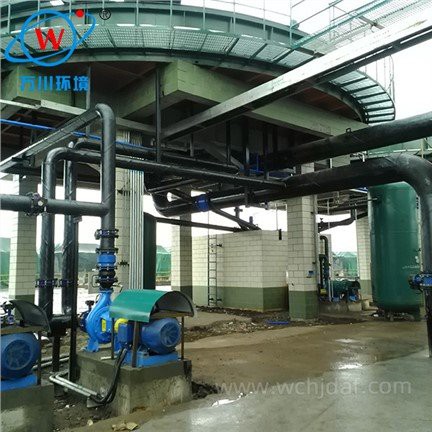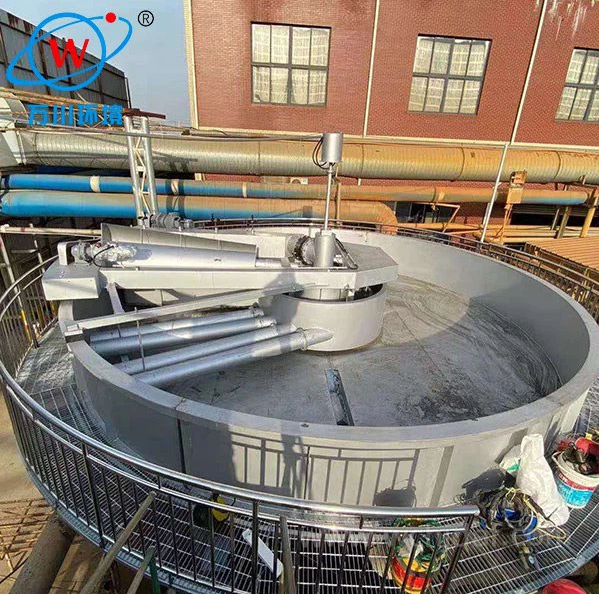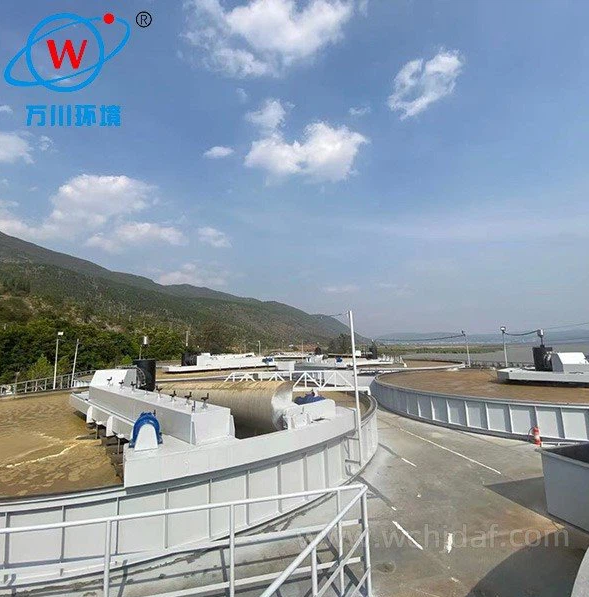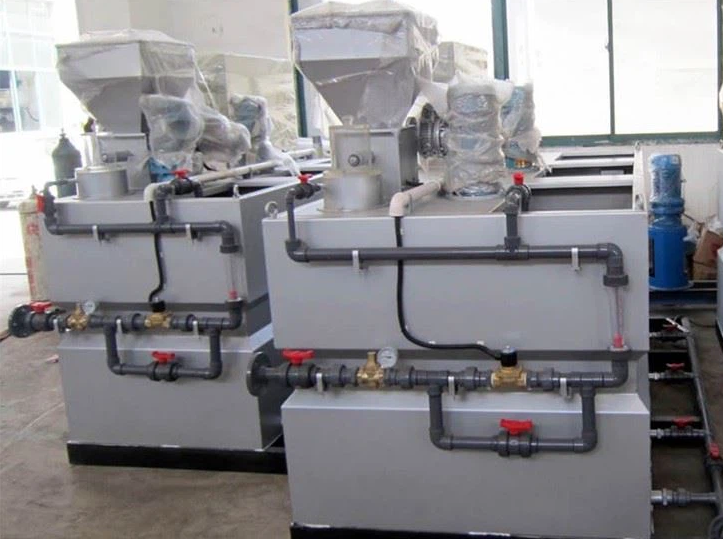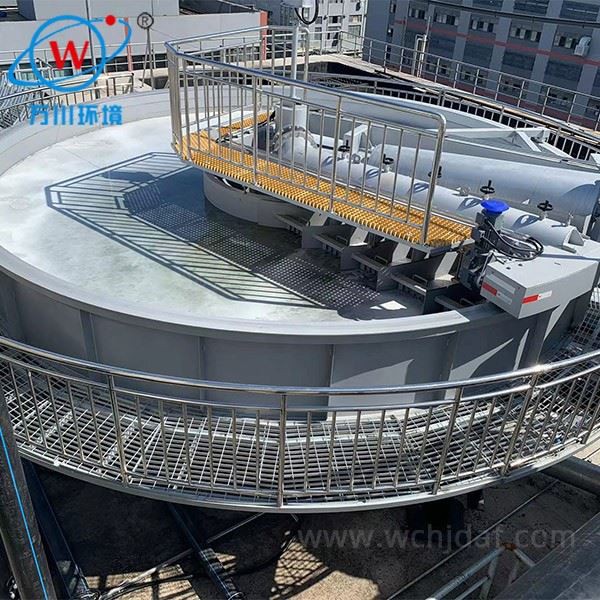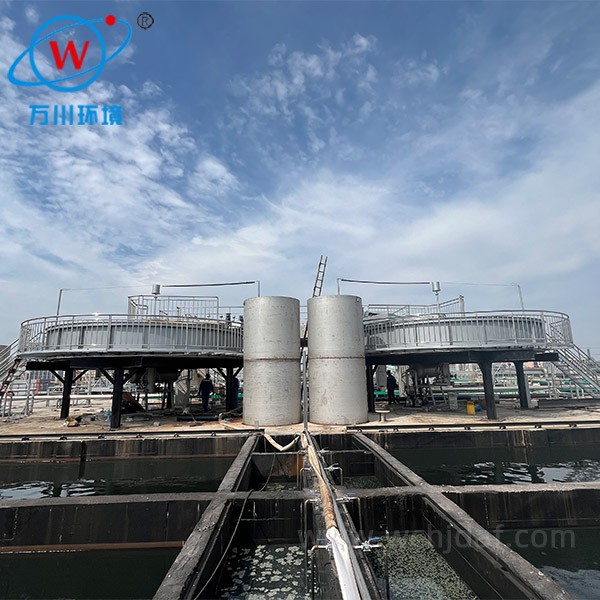Bubble Generator Maintenance Challenges
1. Core Component Wear
- Core components, such as the bubble generator, are subject to long-term operation in high-speed water flow and chemical environments
- Prone to wear and clogging due to erosion and corrosion
- The micropore structure is easily clogged by impurities in the water or chemical crystals, affecting bubble generation quality
- Cleaning requires meticulous care to avoid damaging delicate structures
- High-speed transmission components are prone to wear due to friction
- Precise alignment during replacement is essential for operational stability
2. Chemical Residue and Scale Cleaning
- Reaction byproducts between collectors and ions form hard scale on internal surfaces
- Scale is difficult to remove with conventional cleaning methods
- Long-term accumulation narrows water flow paths and hinders bubble diffusion
- Some chemicals are corrosive or sticky, requiring special handling
- Maintenance personnel must avoid chemical exposure hazards
- Cleaning wastewater must be properly treated to prevent secondary contamination
3. Dynamic Control of Operating Parameters
- Operating parameters must be adjusted in real-time based on influent water quality
- Frequent water quality fluctuations complicate parameter control
- Improper settings reduce separation efficiency
- Precise control relies on experience and continuous monitoring data
- Maintenance must continuously monitor changes and optimize reagent dosage and flow rates
- Results in high operational complexity and skill requirements
4. Equipment Corrosion Prevention Challenges
- Treated water often contains acidic or alkaline substances
- Reagent reaction products accelerate corrosion of metal components
- Critical areas like bubble generators and pipe joints are particularly vulnerable
- Corrosion can lead to leaks or functional failure
- Anti-corrosion materials provide limited protection as layers break down over time
- Repairs require thorough removal and re-treatment at high cost
5. Difficulty in Troubleshooting Root Causes
- Failures often manifest as combined issues like reduced separation efficiency
- Root causes may involve multiple factors including bubble generation, reagent reactions, and flow conditions
- Single faults may have multiple contributing factors
- Troubleshooting requires investigation of bubble quality, reagent concentration, and component wear
- Lack of intuitive fault indicators makes diagnosis time-consuming
- Requires high-level expertise from maintenance personnel
Note: Regular maintenance schedules and comprehensive staff training are essential to address these challenges and ensure optimal equipment performance.

